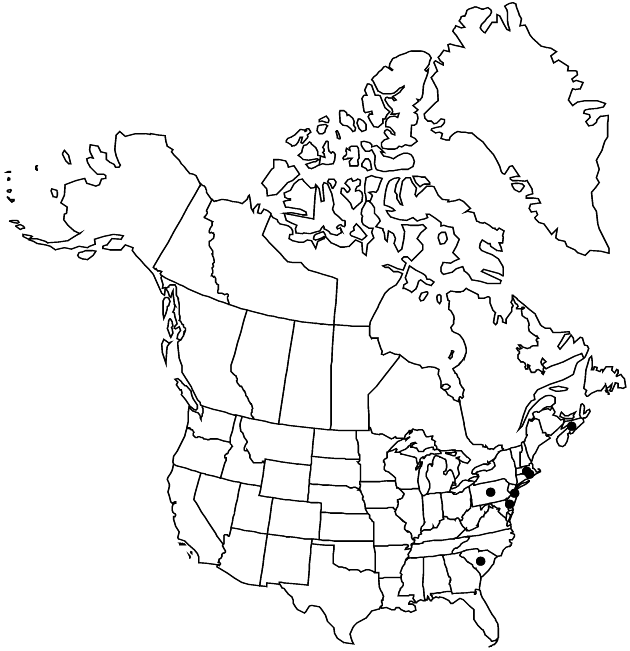Difference between revisions of "Coreopsis rosea"
Gen. N. Amer. Pl. 2: 179. 1818.
FNA>Volume Importer |
FNA>Volume Importer |
||
| Line 23: | Line 23: | ||
|elevation=0–50 m | |elevation=0–50 m | ||
|distribution=N.S.;Del.;Mass.;N.J.;Pa.;R.I.;S.C. | |distribution=N.S.;Del.;Mass.;N.J.;Pa.;R.I.;S.C. | ||
| − | |discussion=<p>Occurrence of Coreopsis rosea in South Carolina may represent a human-mediated disjunction; the collection came from a “lime sink” near a trailer park close to a freeway.</p> | + | |discussion=<p>Occurrence of <i>Coreopsis rosea</i> in South Carolina may represent a human-mediated disjunction; the collection came from a “lime sink” near a trailer park close to a freeway.</p> |
|tables= | |tables= | ||
|references= | |references= | ||
| Line 47: | Line 47: | ||
|publication year=1818 | |publication year=1818 | ||
|special status= | |special status= | ||
| − | |source xml=https://jpend@bitbucket.org/aafc-mbb/fna-data-curation.git/src/ | + | |source xml=https://jpend@bitbucket.org/aafc-mbb/fna-data-curation.git/src/8f726806613d60c220dc4493de13607dd3150896/coarse_grained_fna_xml/V19-20-21/V21_482.xml |
|tribe=Asteraceae tribe Heliantheae | |tribe=Asteraceae tribe Heliantheae | ||
|subtribe=Asteraceae (tribe Heliantheae) subtribe Coreopsidinae | |subtribe=Asteraceae (tribe Heliantheae) subtribe Coreopsidinae | ||
Revision as of 15:35, 18 September 2019
Perennials, 10–30(–60) cm. Internodes (± mid stem) 1–4(–5+) cm. Leaves mostly cauline; opposite; petioles 0–1 mm, ciliate or not; blades lance-linear to linear or filiform, 20–45(–60) × 1–2(–3+) mm, rarely with 1–2 lateral lobes. Peduncles 2–4(–6+) cm. Calyculi of oblong to linear bractlets 1.5–2+ mm. Phyllaries deltate-ovate, 4.5–5.5 mm. Ray laminae pinkish to white, 9–15+ mm. Disc florets 40–60+; corollas ochroleucous to yellow, 2.5–3 mm. Cypselae narrowly oblong, 1.3–1.8 mm, not winged; pappi 0. 2n = 26.
Phenology: Flowering Aug–Sep.
Habitat: Sandy shores, marsh edges, etc.
Elevation: 0–50 m
Distribution

N.S., Del., Mass., N.J., Pa., R.I., S.C.
Discussion
Occurrence of Coreopsis rosea in South Carolina may represent a human-mediated disjunction; the collection came from a “lime sink” near a trailer park close to a freeway.
Selected References
None.